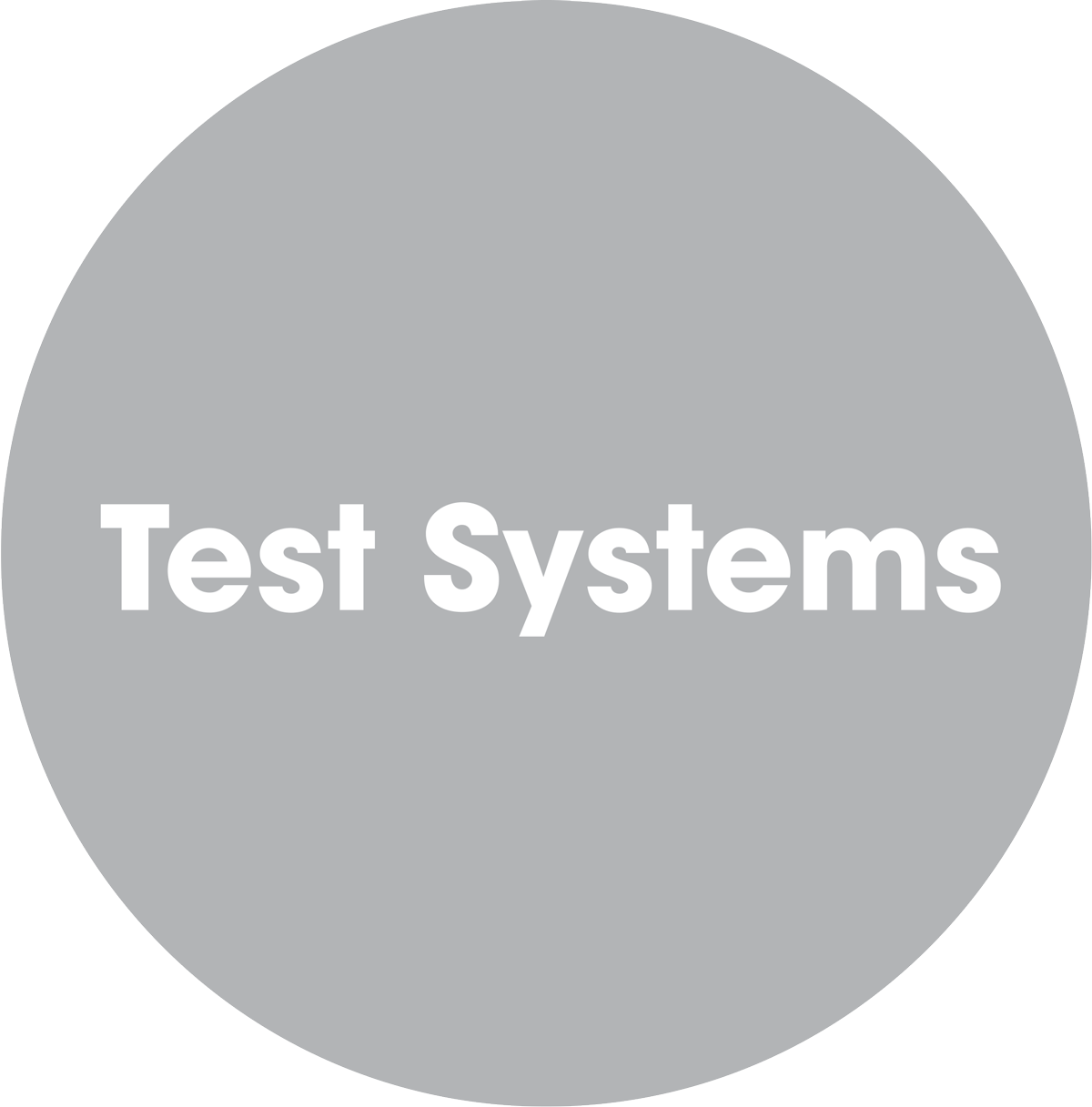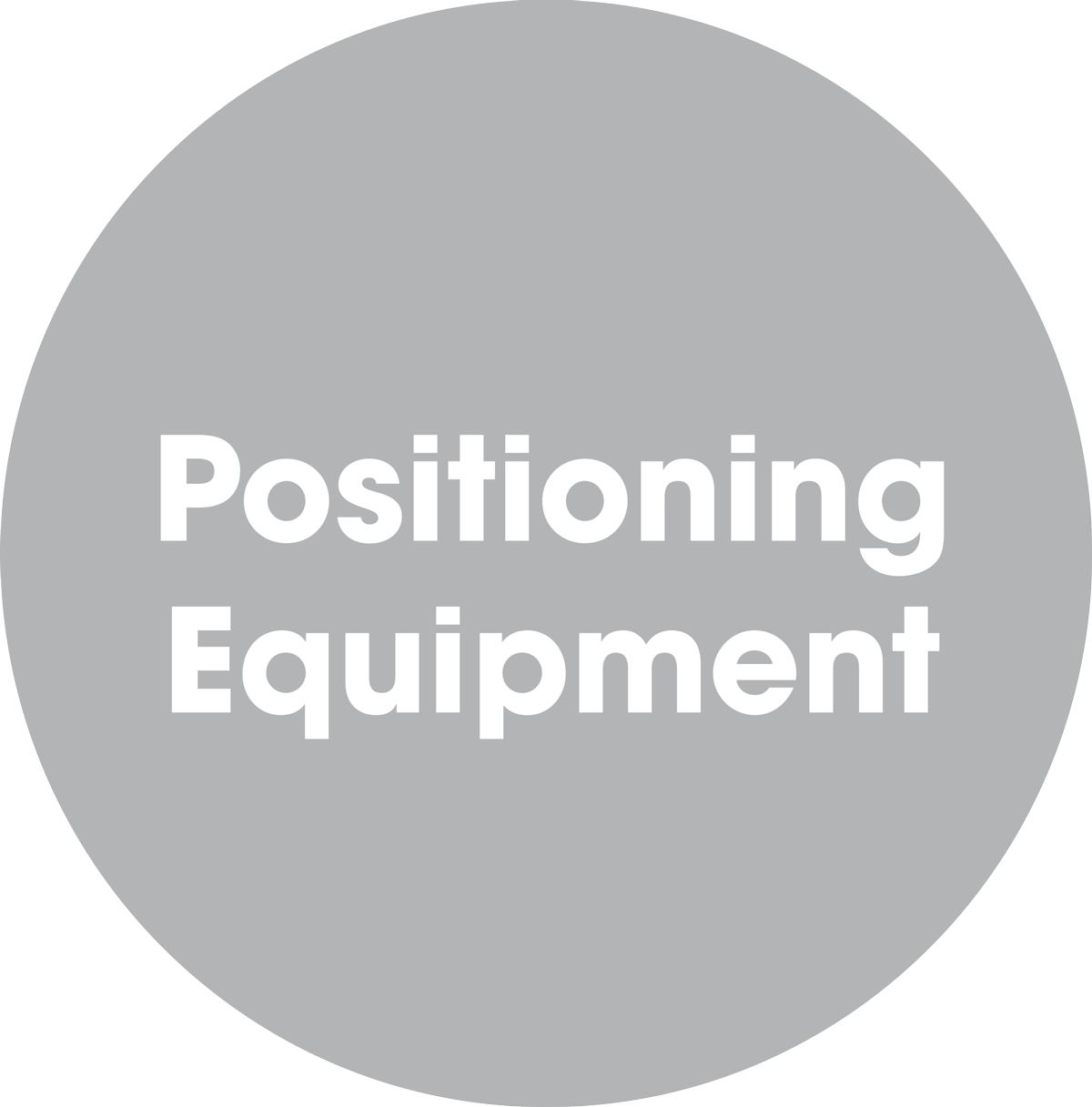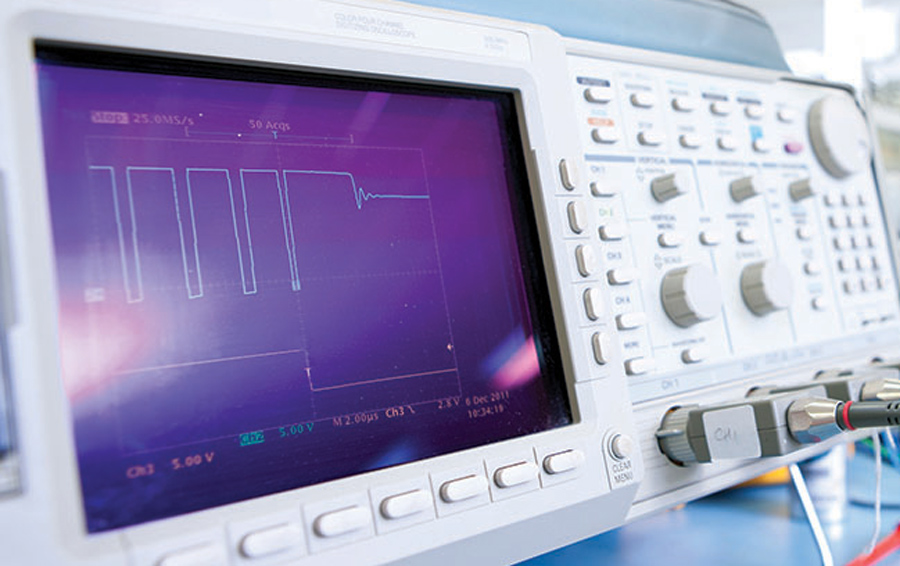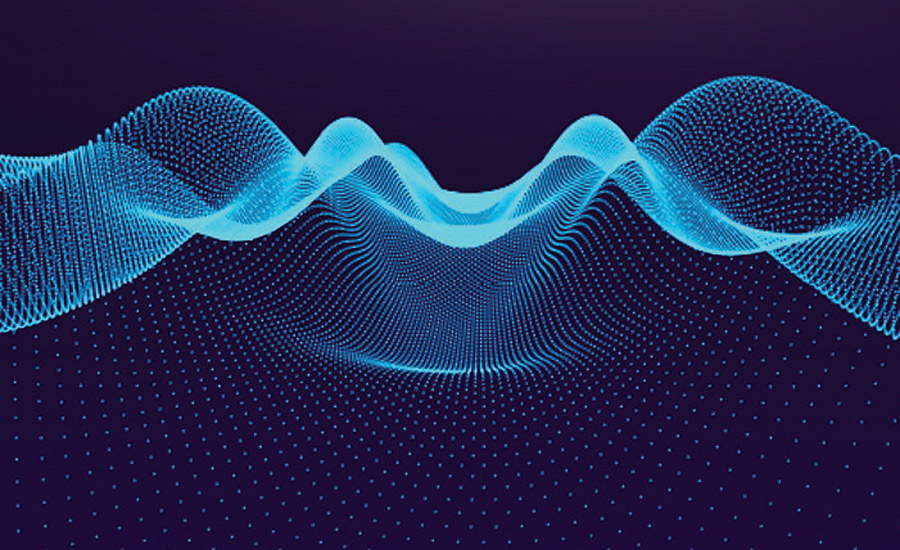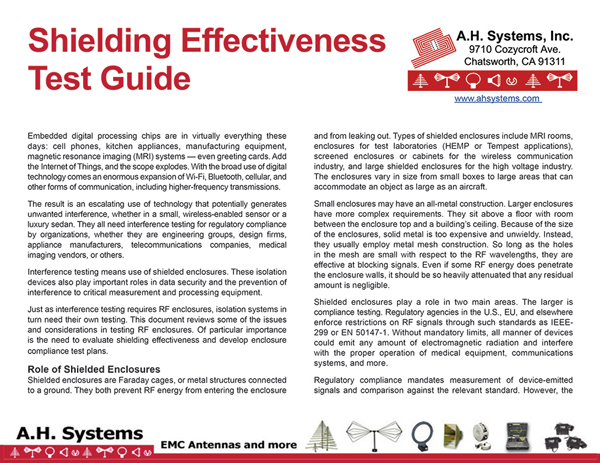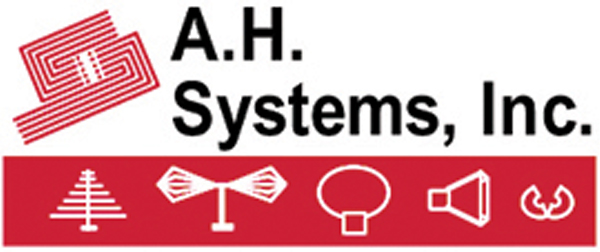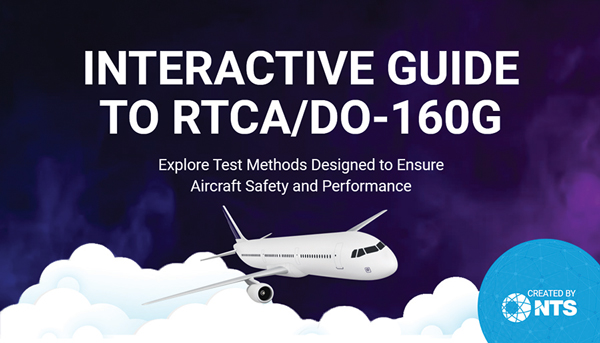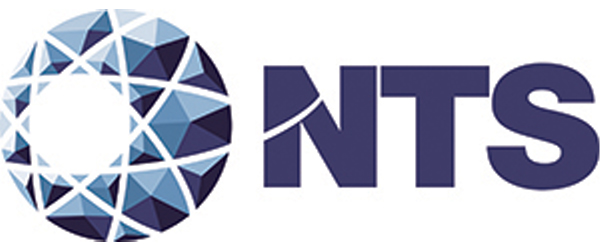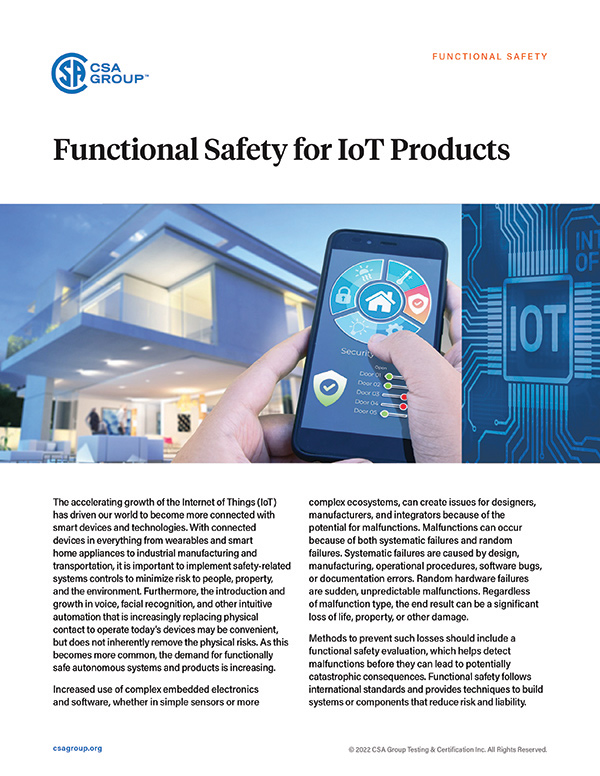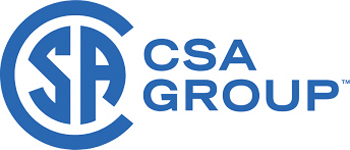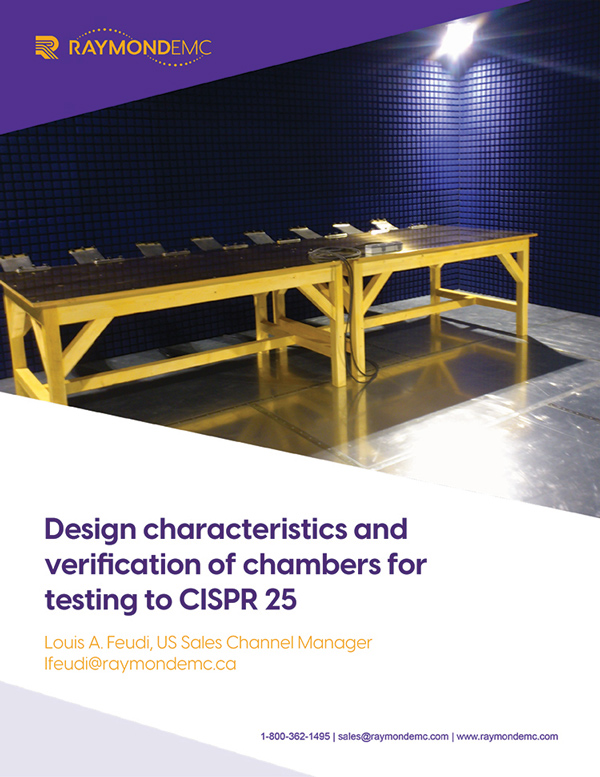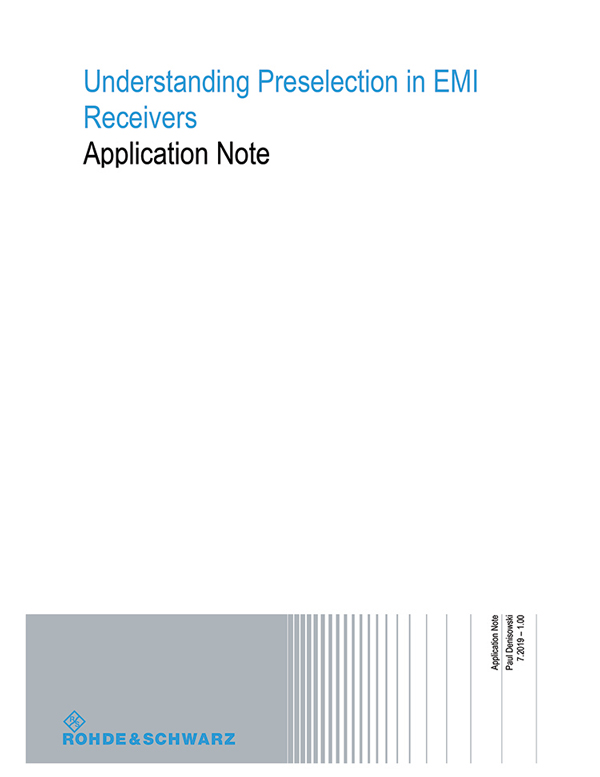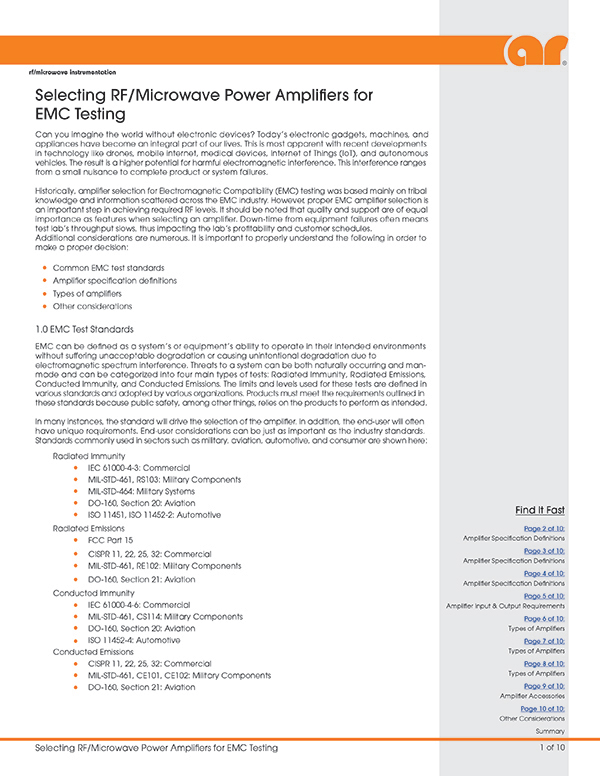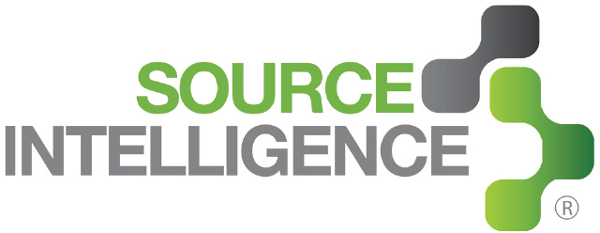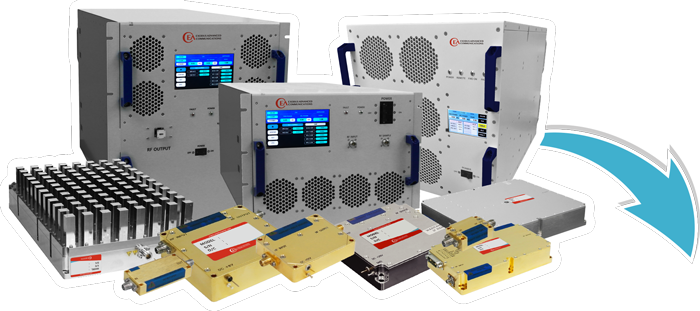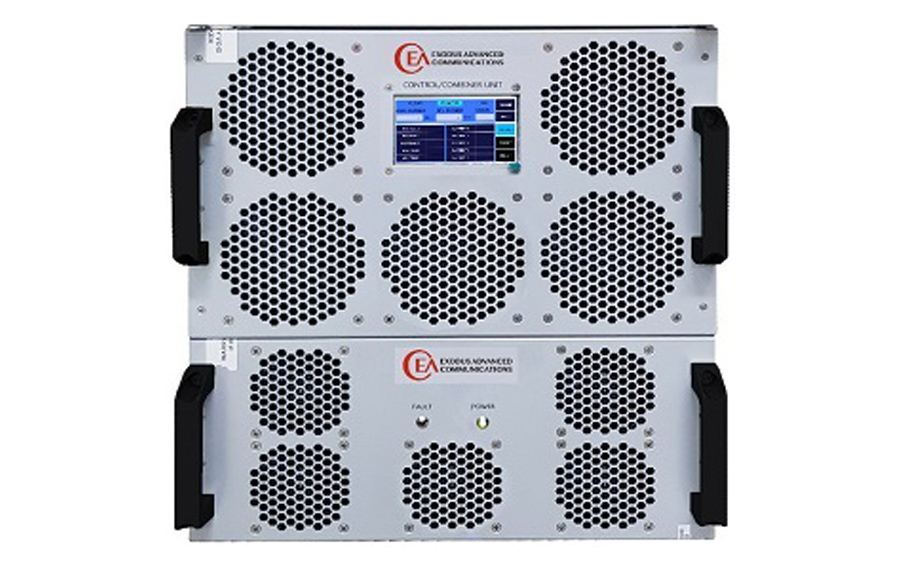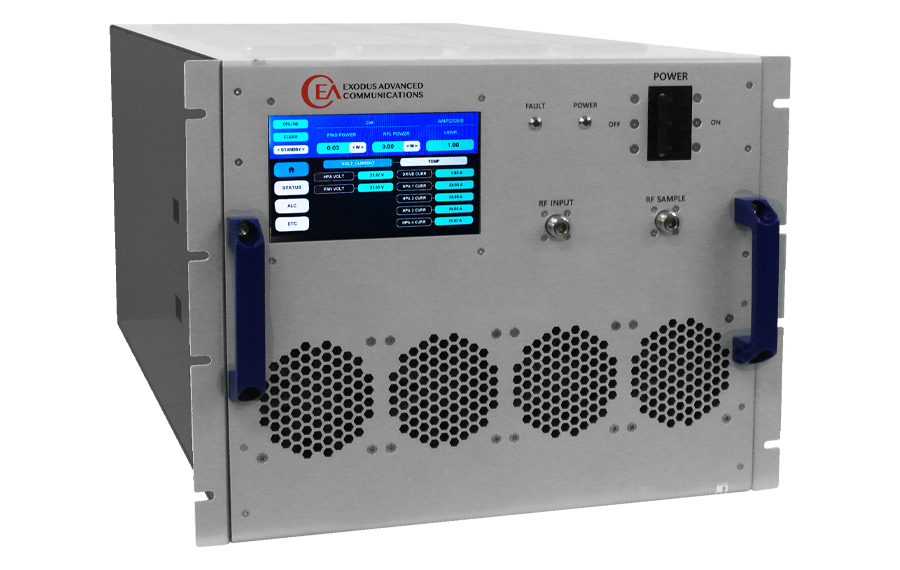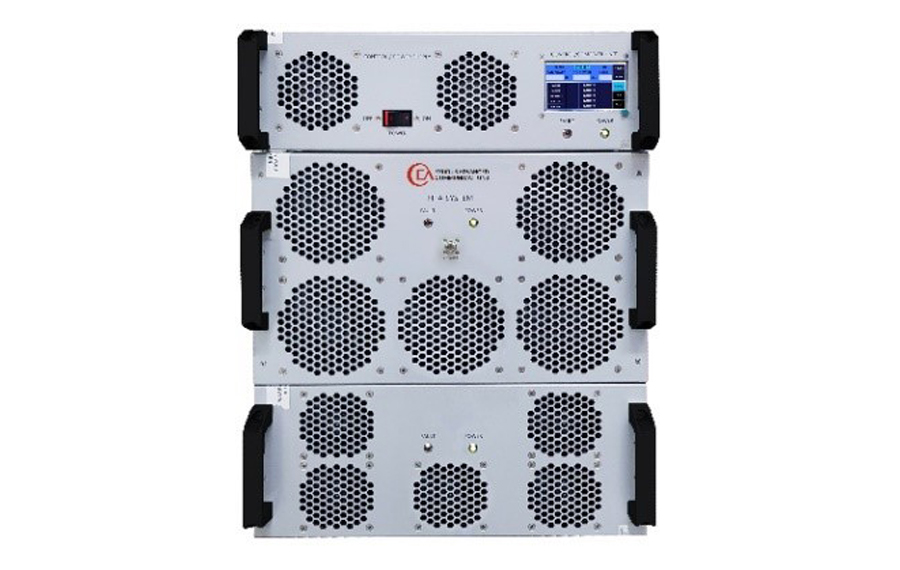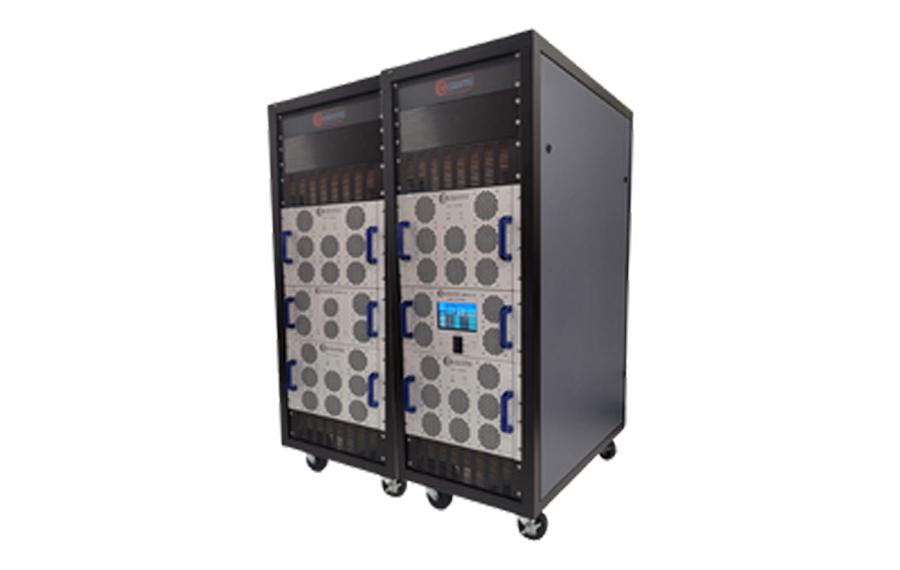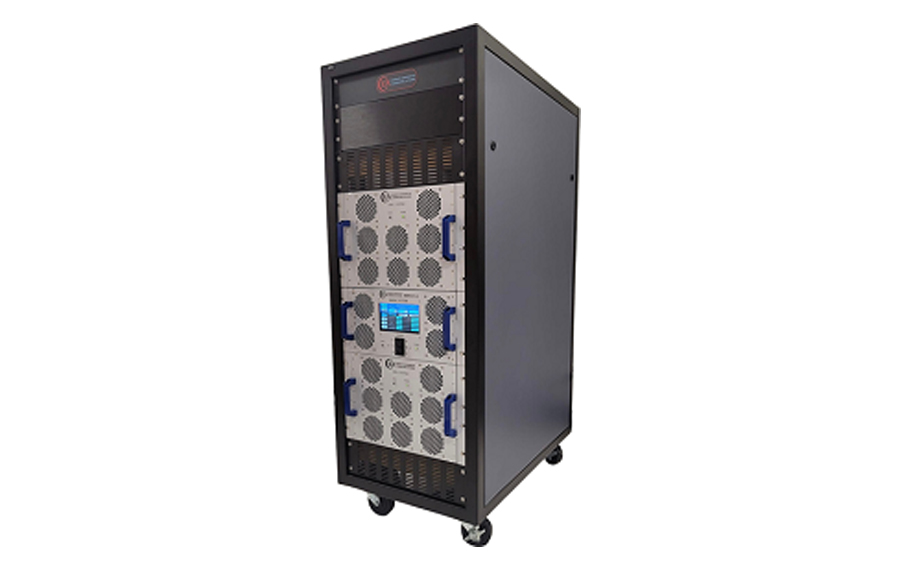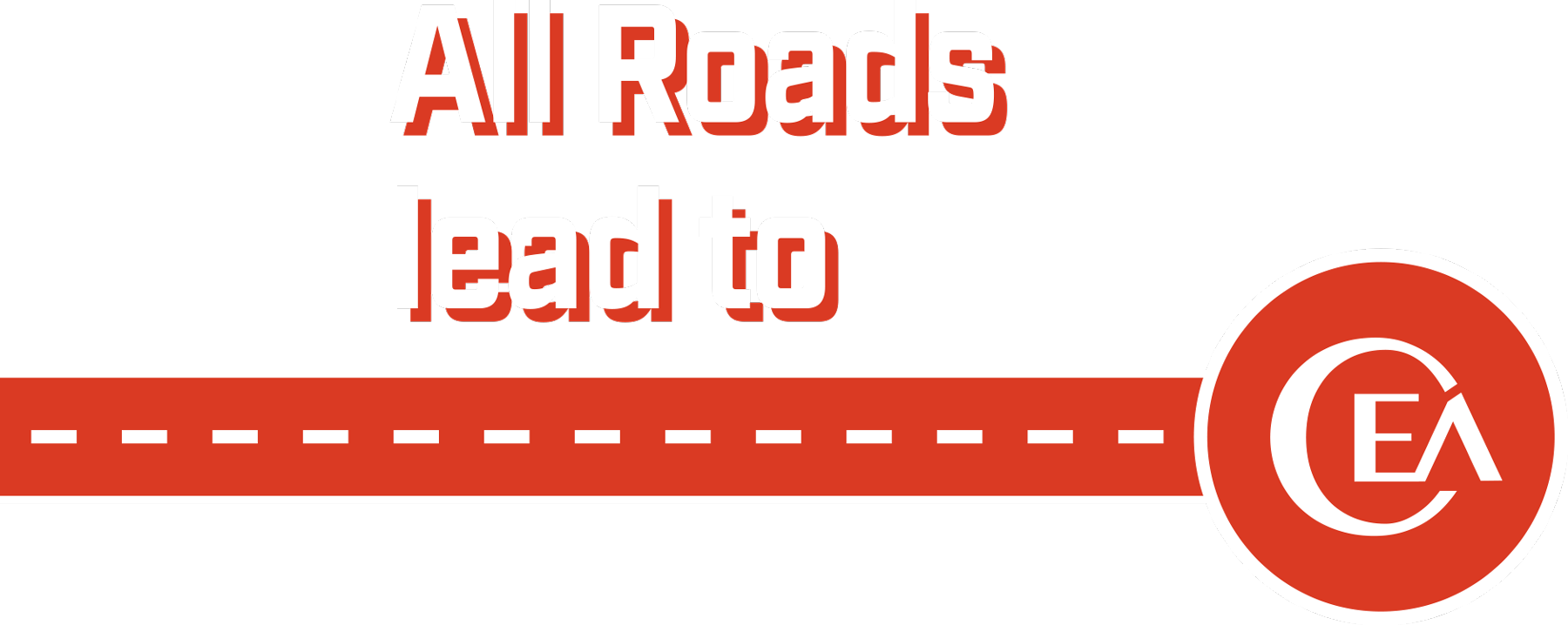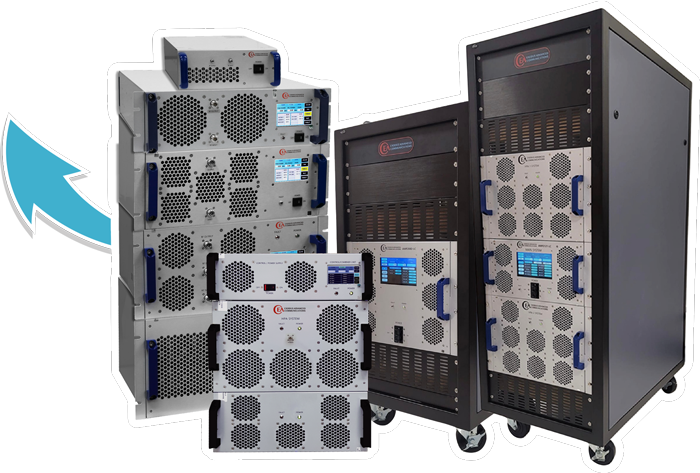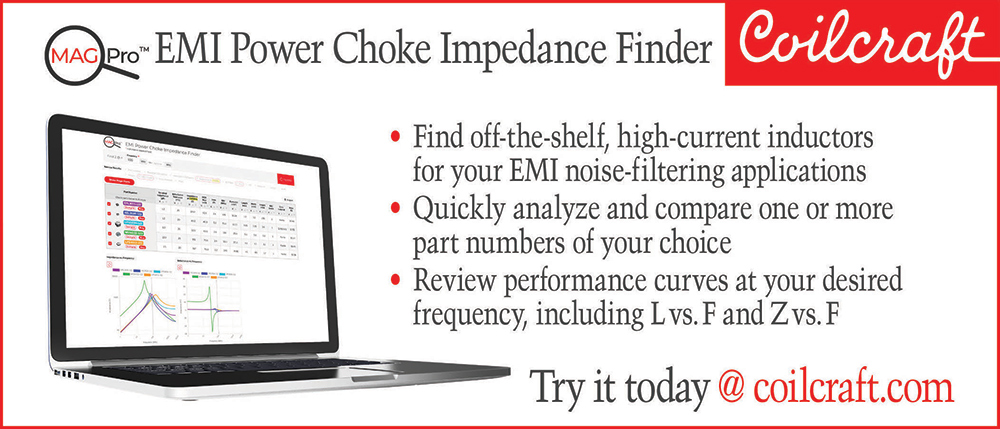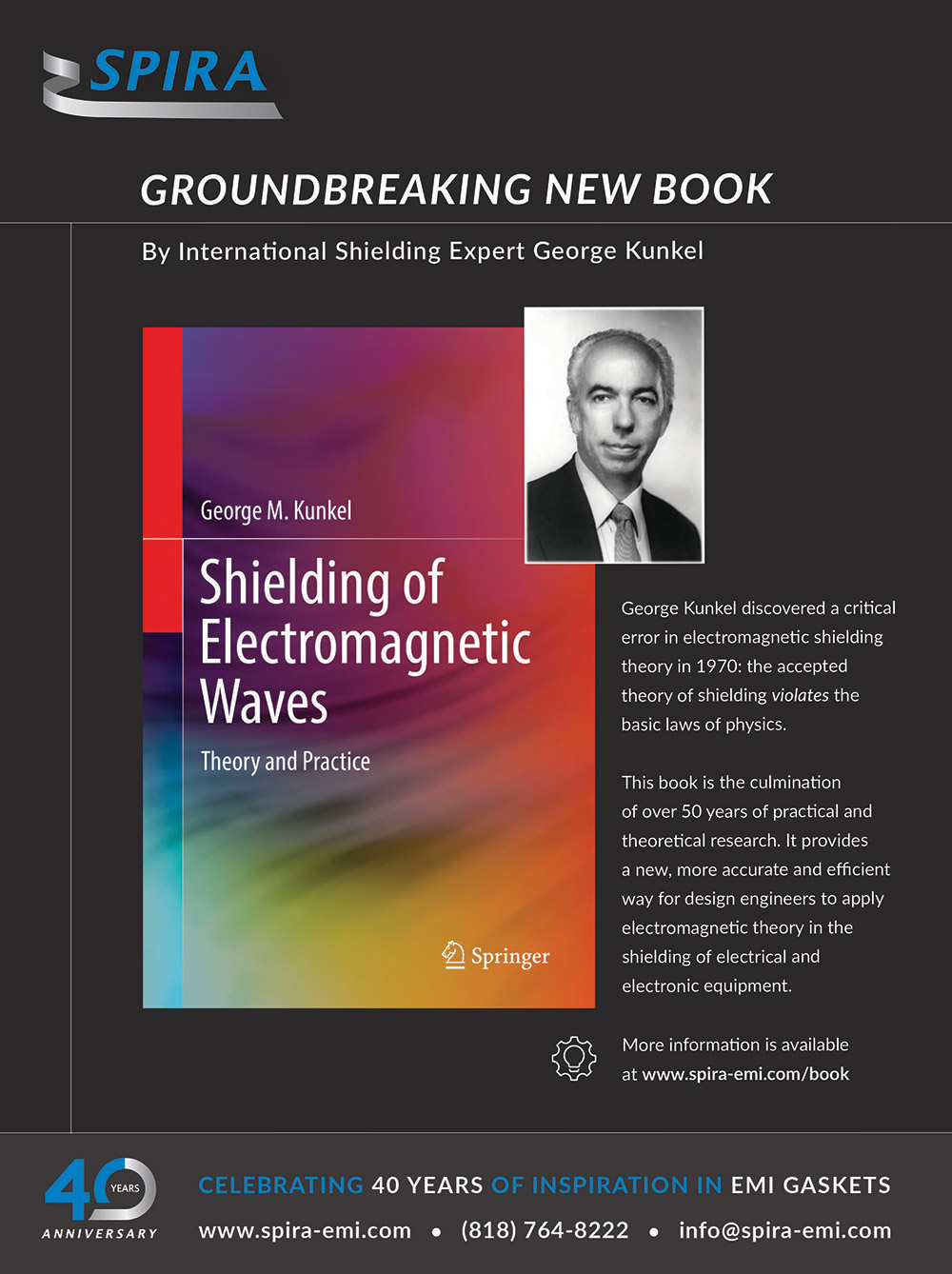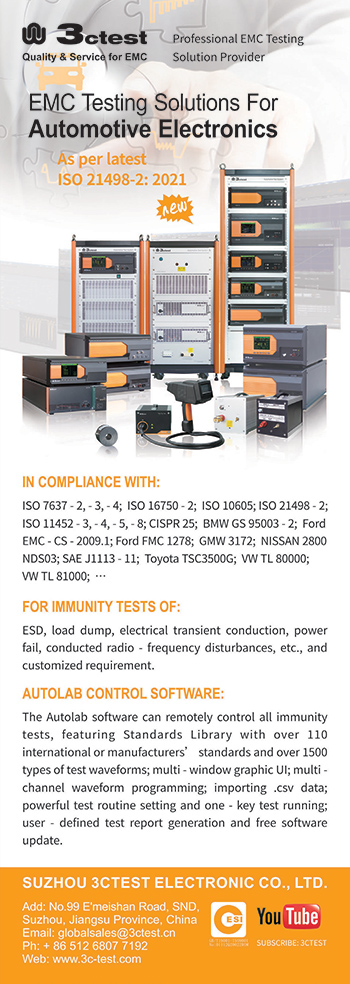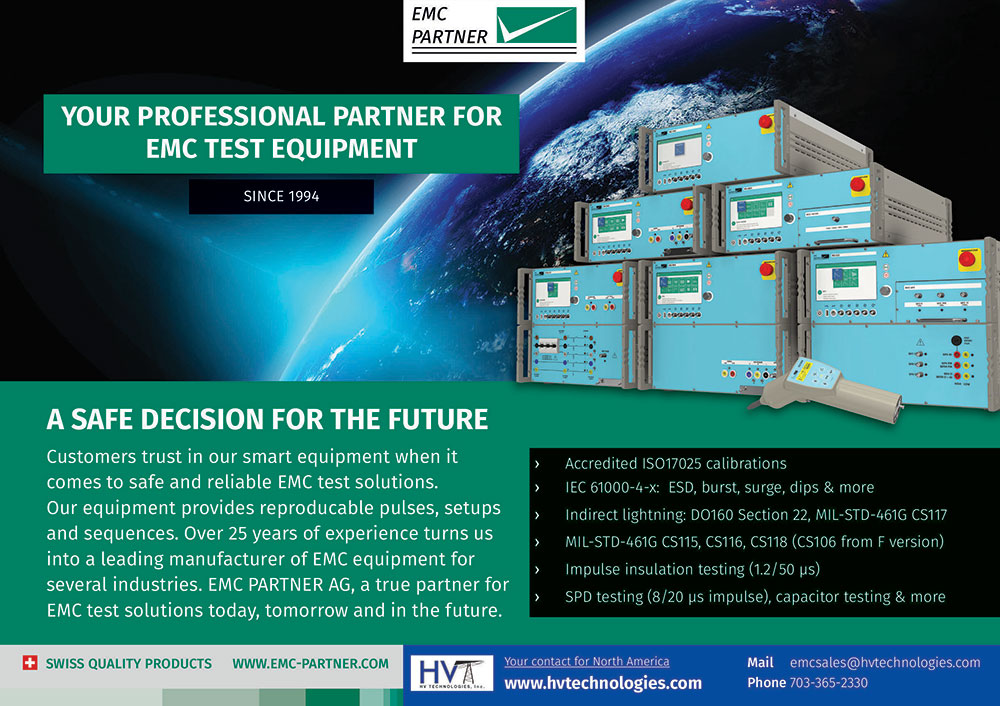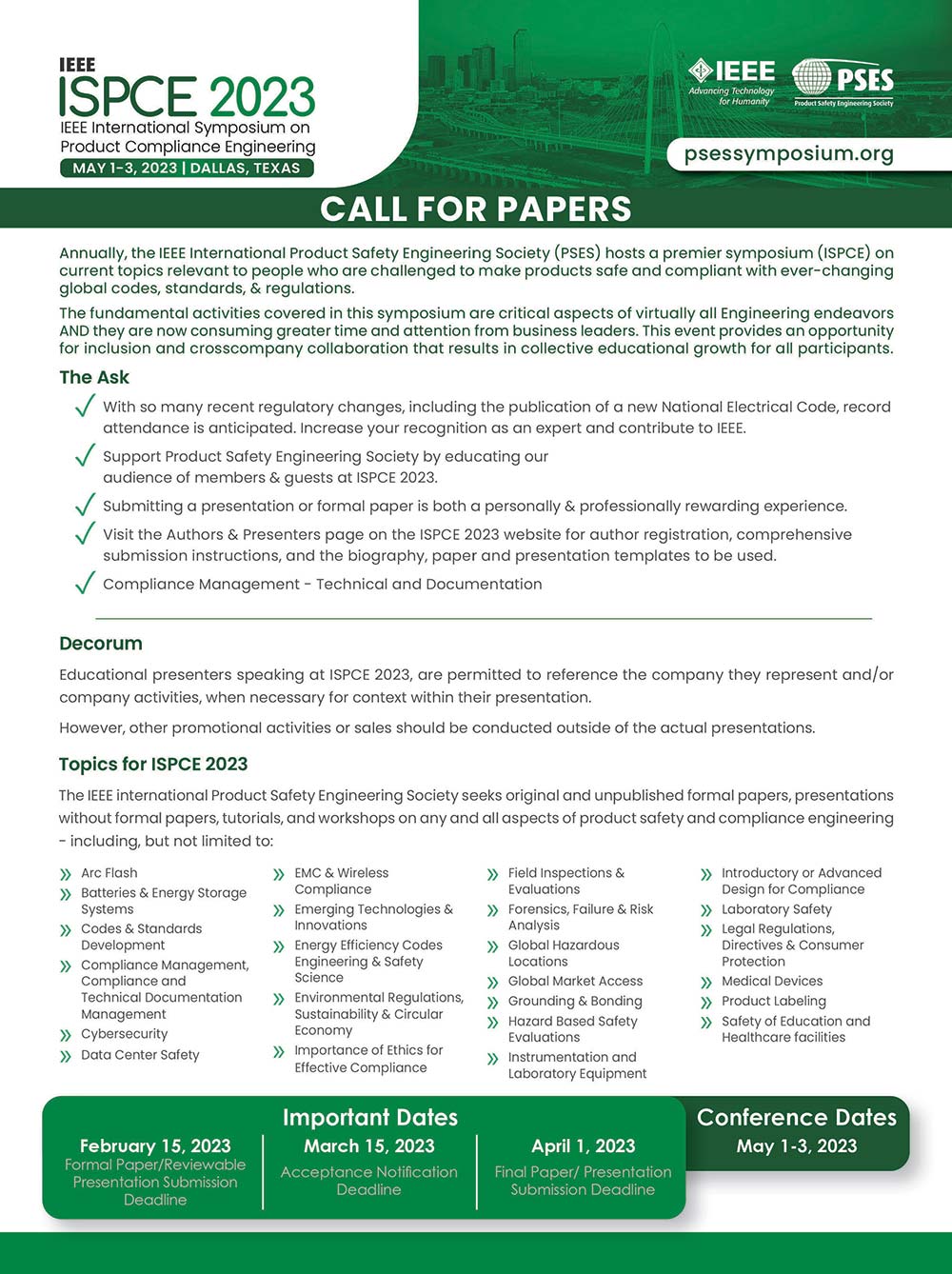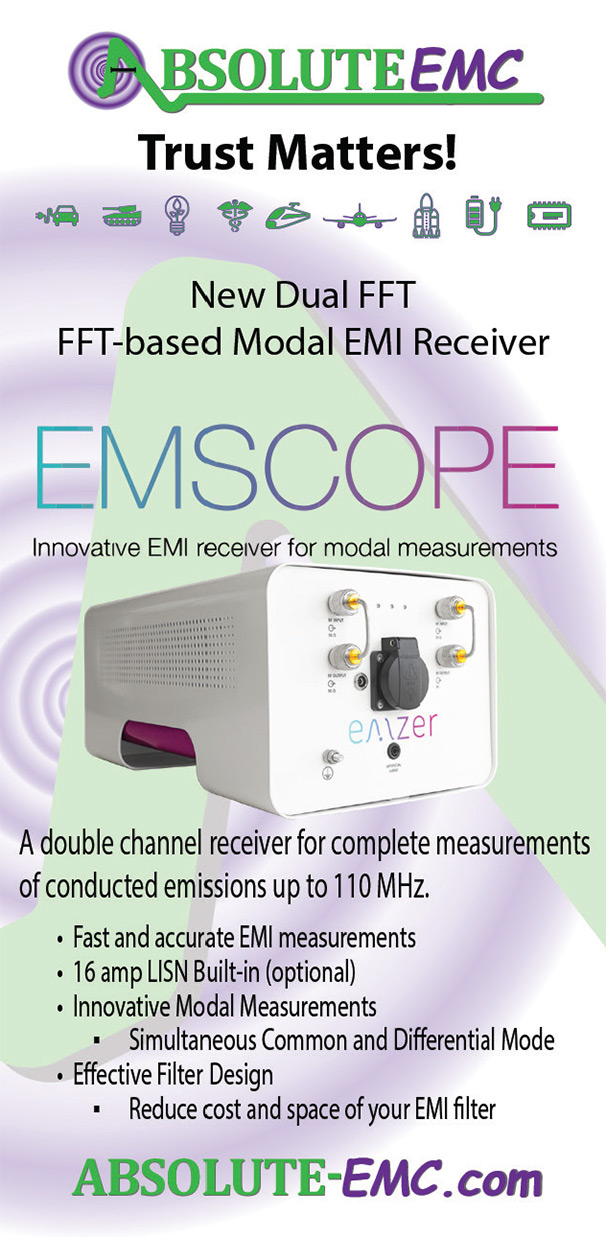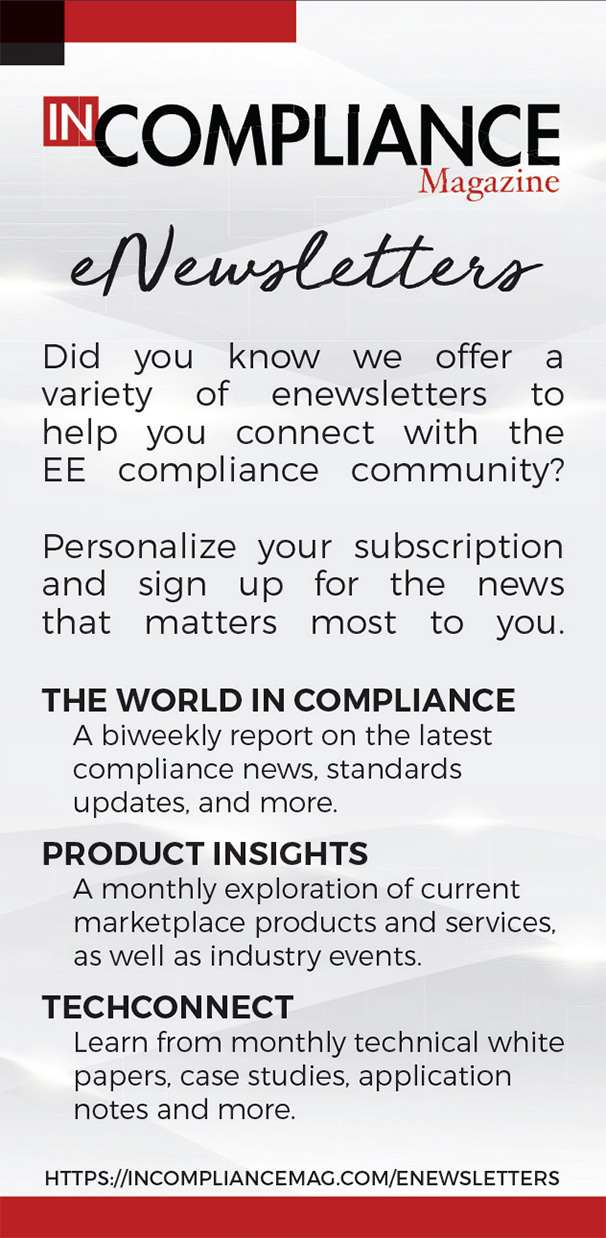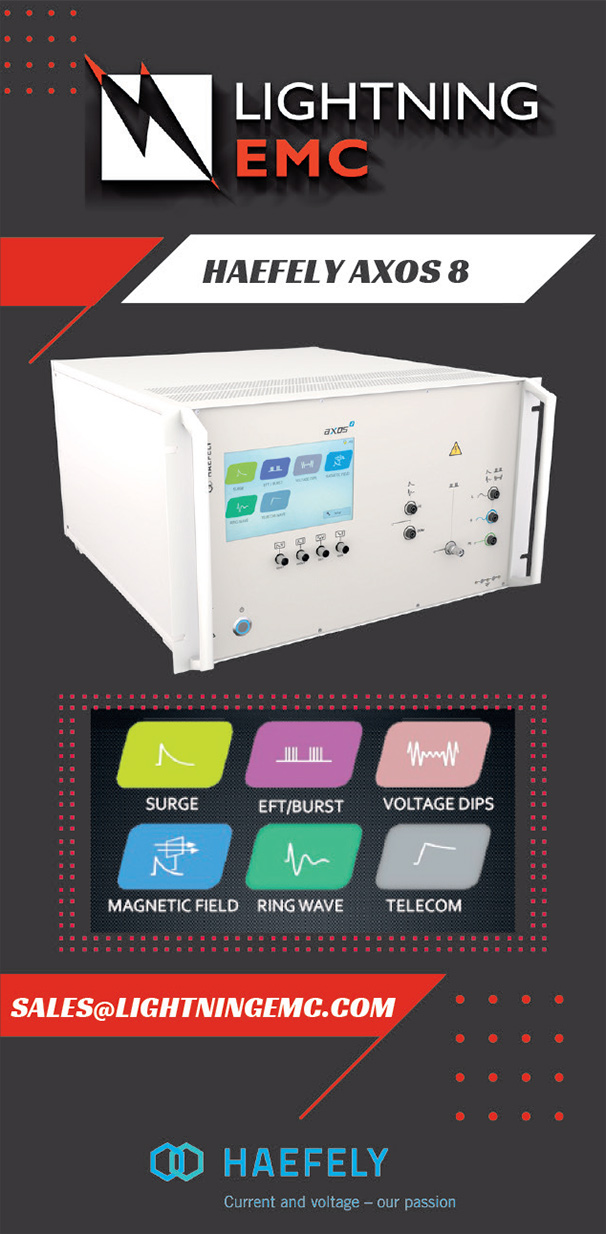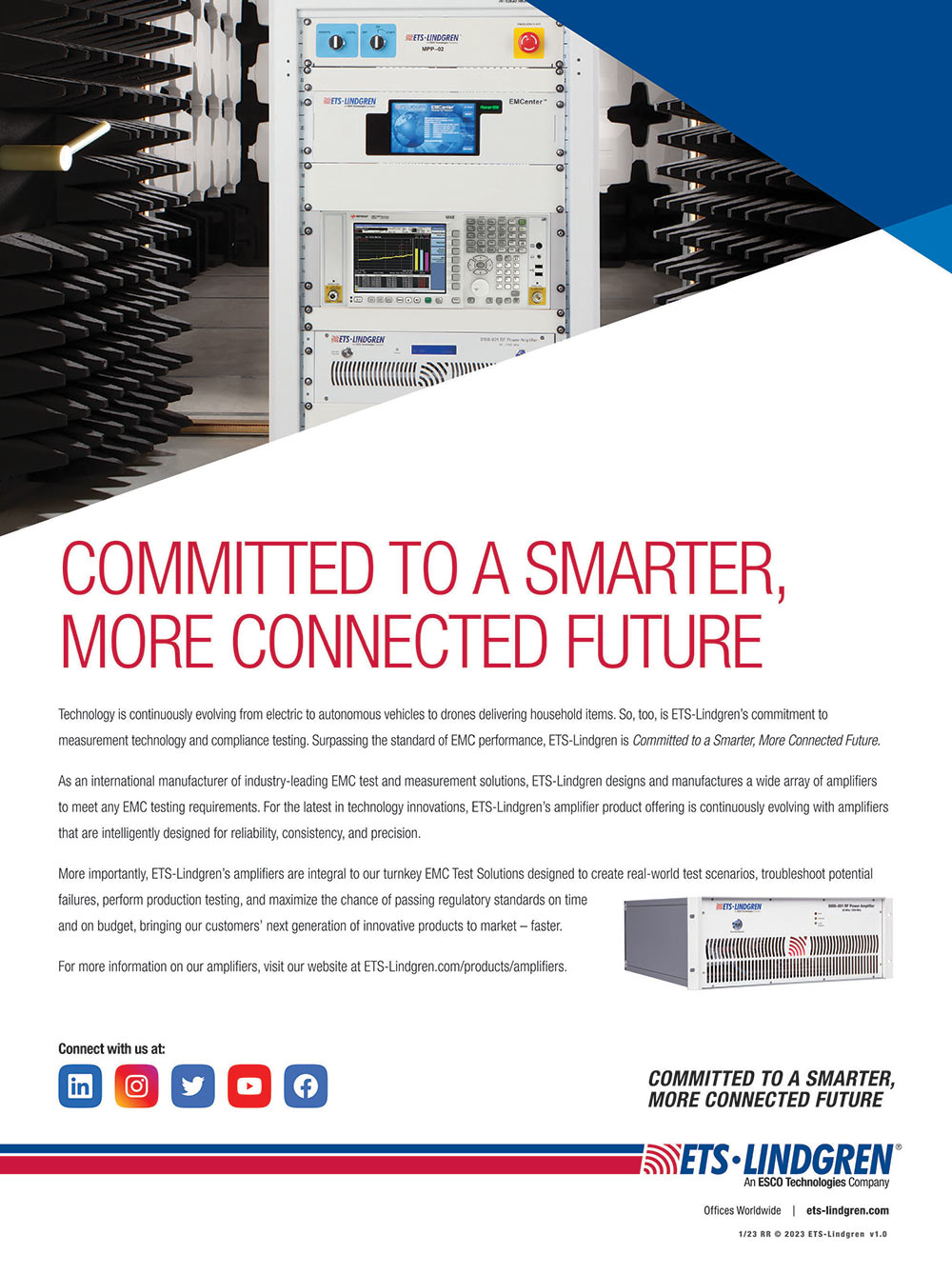

Why Histograms and Free Run Matter
Performing Proximity Magnetic Fields Immunity Testing
Why Histograms and Free Run Matter
Performing Proximity Magnetic Fields Immunity Testing
for EMC Testing.
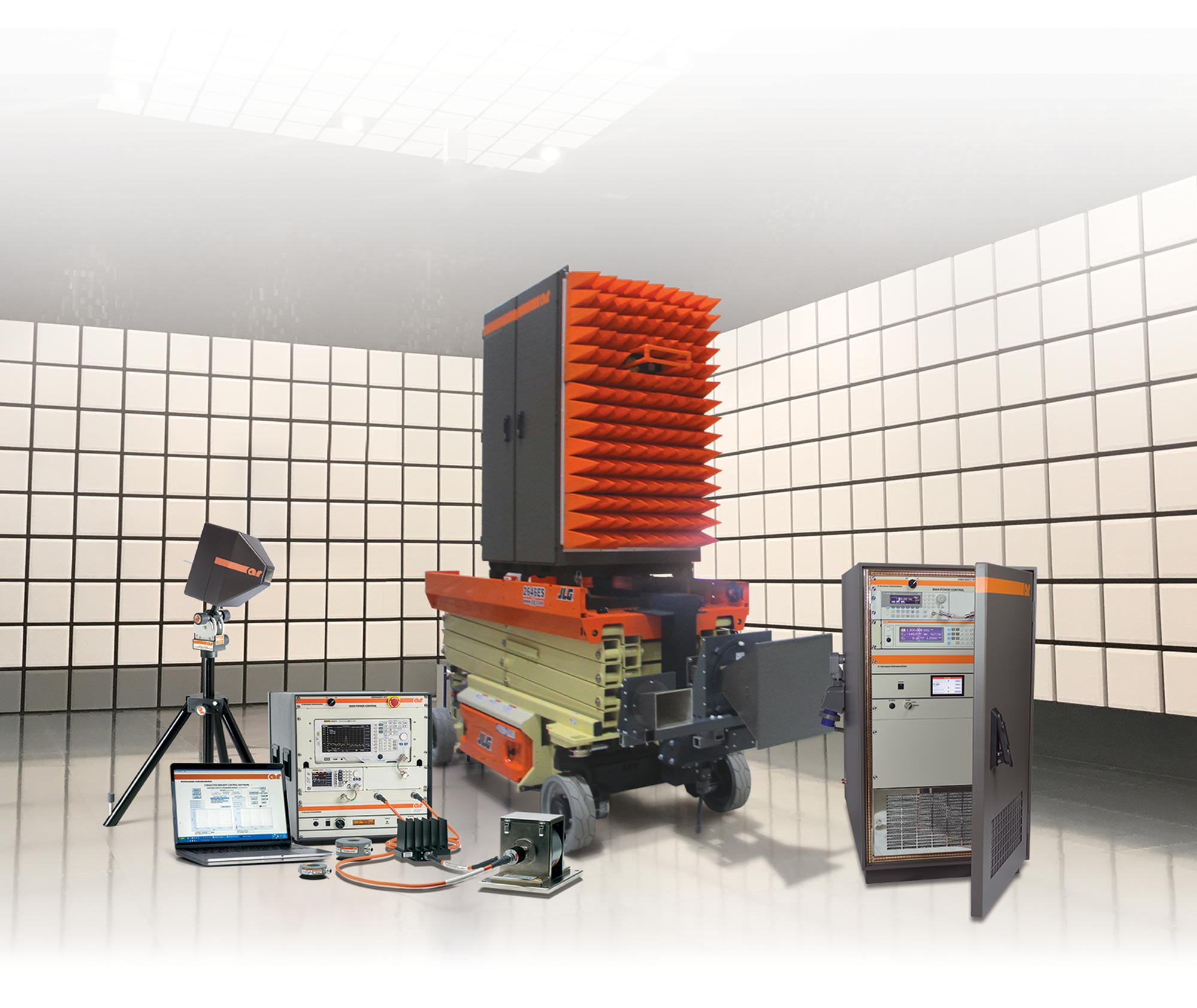
For more information on AR Amplifiers visit us at www.arworld.us/systems-overview/ or call 215-723-8181.

ISSN 1948-8254 (print)
ISSN 1948-8262 (online)
is published by
Same Page Publishing Inc.
451 King Street, #458
Littleton, MA 01460
tel: (978) 486-4684
fax: (978) 486-4691
©Copyright 2023 Same Page Publishing, Inc. all rights reserved
Contents may not be reproduced in any form without the prior consent of the publisher.
While every attempt is made to provide accurate information, neither the publisher nor the authors accept any liability for errors or omissions.
publisher
bruce@brucearch.com
keith.armstrong@
cherryclough.com
Leo@EisnerSafety.com
dgerke@emiguru.com
ken.javor@emcompliance.com
kenrossesq@gmail.com
wernerschaefer@comcast.net
Subscriptions outside North America are $129 for 12 issues. The digital edition is free.
Please contact our circulation department at circulation@incompliancemag.com

The new interactive map displays specific location-level information about broadband services available throughout the country. Consumers can enter their address to see detailed information about the fixed and mobile services that service providers report as being available at that location…
Published in the Official Journal of the European Union, Commission Implementing Decision (EU) 2020/167 revises Annexes I and II of the Directive, thereby verifying the use of 167 additional ETSI drafted harmonized standards in support of RED. The Commission’s Decision also includes…


or young engineers and new technical professionals entering the field of electromagnetic compatibility (EMC) engineering, the journey of building a successful and lasting career can seem overwhelming. This article discusses common challenges of starting a career in EMC and offers practical advice based on my personal experience in the industry.
For EMC specifically, the public is often not aware that this industry exists. Even engineers in different disciplines can pass through much of their careers without considering the impact of EMC in their work. Despite this disconnect, ensuring the compatibility of electronics in the modern world is imperative. Many young engineers overlook a career in EMC, perhaps simply because they have not yet been exposed to it. The EMC industry continues to grow with advancements in technology and requires an influx of new technical professionals to keep up with the demand. This dynamic brings with it great opportunities for growth and career development.

Tel: 1-702-534-6564
Fax: 1-702-441-7016
Email: sales@exoduscomm.com
8.0-12.0GHz,
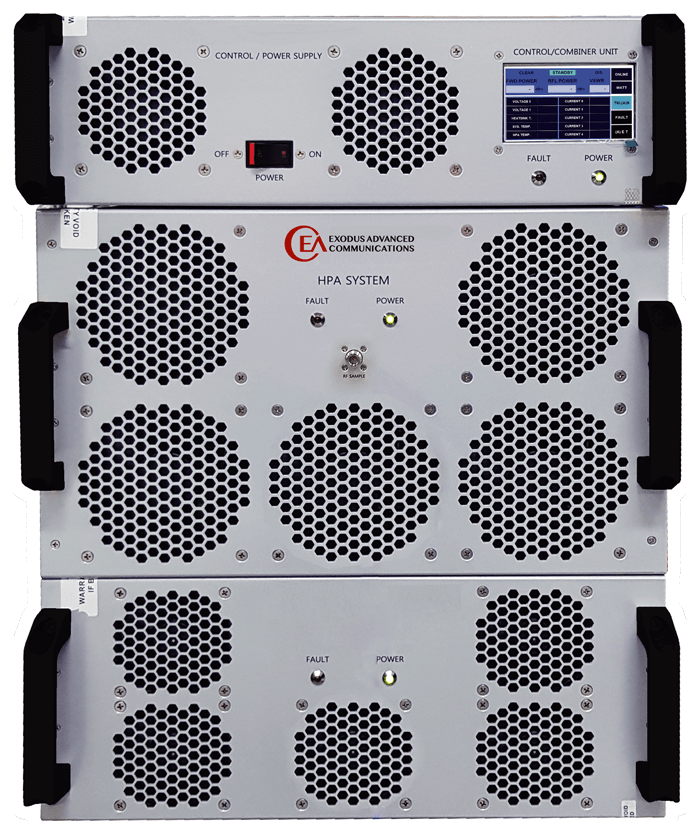

he Covid pandemic that has dominated our lives over the past three years has now begun to fade into the background. In its place, we now live with the ongoing military conflict in Ukraine, increasing nuclear threats from North Korea, seemingly untamable economic inflation, massive layoffs in the technology world, the collapse of cryptocurrency, and a constantly changing political landscape. Continued uncertainty seems to be the only constant in our world today.
But regardless of the current environment, your ongoing efforts to refresh or expand your technical knowledge and professional skills are essential to your continued personal growth and success. So, as 2023 begins, we’ve once again queried training resources throughout our industry to provide you with an overview of free or affordable solutions to meet your training goals and to help you on your journey to becoming your best self in the new year.
In this article, you’ll find sources of compliance-related seminars, workshops, and other types of training, offered live, including both virtual and in-person options, as well as pre-recorded webinars and on-demand training offerings. We’ve also included a list of industry symposia, conferences, and exhibitions to be held in both the U.S. and around the world.
A New Method for Oscilloscope-Based Power Integrity Testing
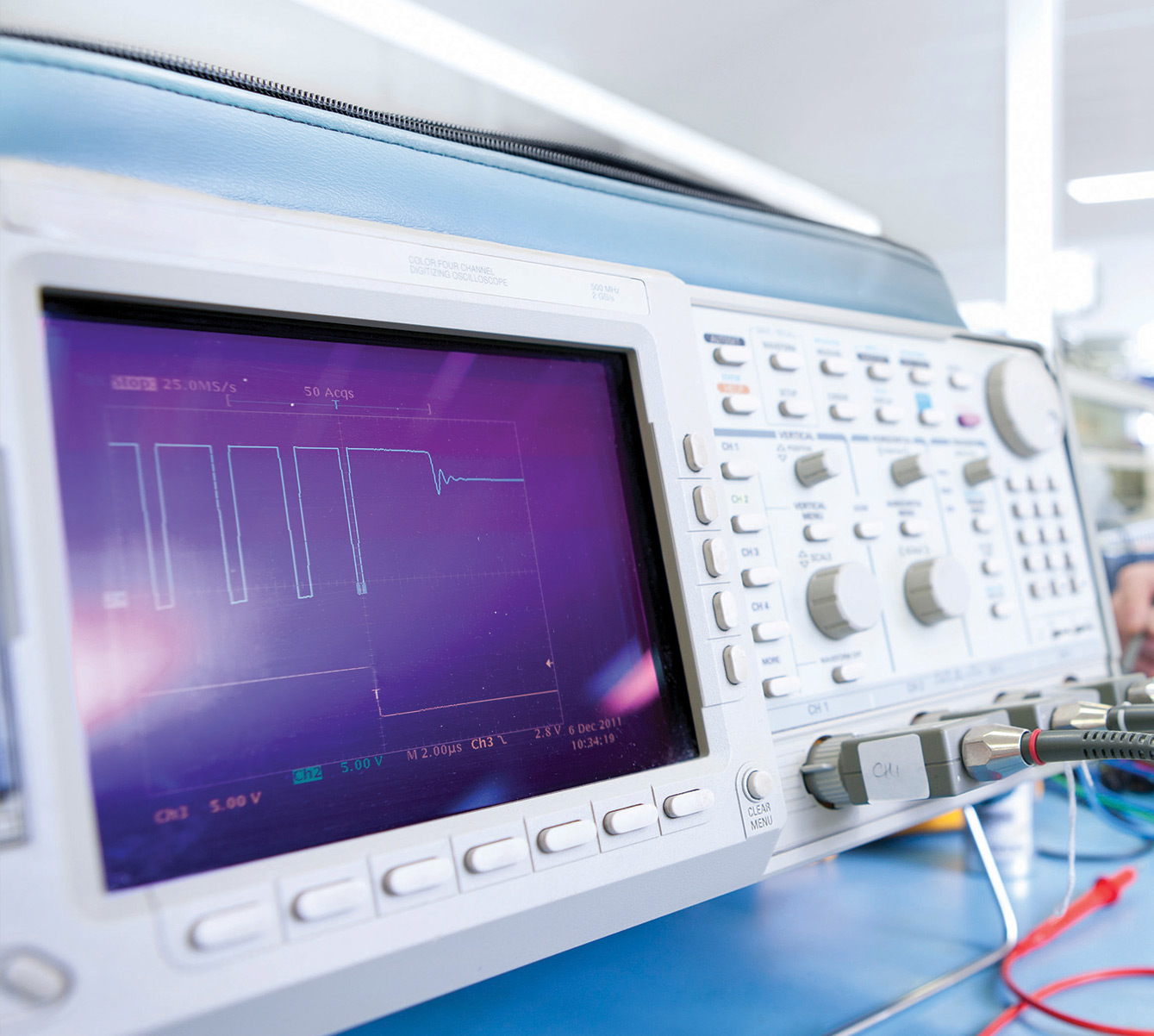
ith the continual decrease in power rail DC voltages and tolerances, oscilloscopes remain a key tool for development teams tasked with power integrity measurements. The continual trend to lower voltages and tolerances has driven the proliferation of power rail probe usage with oscilloscopes. The question of “should we purchase our first power rail probe” has changed to “what’s the best measurement technique”. Initial techniques have been refined as users and oscilloscope manufacturers collaborate and share insights and experiences.
A relatively unknown yet superior technique emerged from experts making power integrity measurements. This approach involving histograms and free-run trigger mode offers three key improvements compared to the traditional approach:
- By using a waveform histogram, users can visually and statistically compile power rail attributes;
- By using a single histogram measurement across all acquired waveforms instead of a measurement on each waveform, speed-of-test is accelerated, and with great accuracy; and
- By using free trigger mode, users get increased real-time power rail coverage versus instrument dead time when the instrument is blind to power rail signal activity.
All major oscilloscope manufacturers offer power rail probes, and these probes incorporate several attributes that make them superior for highly accurate measurement of small voltages with tight tolerances. Lots of material is available on the benefits of using power rails. This includes the probes’ minimal DC loading impact on the power rail, built-in offset to enable users to take advantage of small vertical scaling, and a 1:1 attenuation ratio to minimize noise. The relatively new histogram approach to power rail measurements accelerates test time by more than 50 times while providing more accurate measurement results.
Feature Article
Performing Proximity Magnetic Fields Immunity Testing
How to Conduct Testing in Accordance with IEC 60601-1-2:2014 Amendment 1:2020

EC 60601-1-2 is the international standard on electromagnetic disturbances to medical electrical equipment and is used in support of worldwide regulatory approvals for medical electrical equipment. The latest edition of the IEC 60601-1-2 standard, IEC 60601-1-2:2014 Amendment 1:2020 (referenced as Edition 4.1 hereafter), was published September 1, 2020. This latest edition includes the following significant technical changes with respect to its previous edition (IEC 60601-1-2 Edition 4.0 2014-02, referenced as Edition 4.0 hereafter):
- Normative references—As listed in Table 1, standard versions of eleven normative references are updated. In addition, ISO 7137:1995 is deleted and IEC 61000-4-39:2017 is added.
- Power input voltages—Power input voltage requirements for the following tests have been clarified: conducted disturbances (CISPR 11), voltage dips immunity (IEC 61000-4-11), and voltage short interruptions and voltage variations immunity (IEC 61000-4-11).
For conducted disturbances and voltage dips immunity measurements, testing shall be performed at both minimum and maximum rated voltages. If the difference between the minimum and the maximum rated input voltages is less than 25% of the highest rated input voltage, the tests may be performed at any one rated voltage. Please note each economy/region may have its own requirements. For example, South Korea requires that testing be performed at 220 V.
Part I: Transmission Line Model, Equations and Their Solutions, and the Concept of the Input Impedance to the Line
n the previous article, [1], a concept of the phasor was introduced. This tutorial article is a part of the three-article series devoted to the frequency-domain analysis of a lossless transmission line. First, a time-domain model of a lossless transmission line is shown and used to arrive at the time-domain equations describing it. Next, the time-domain solution is transformed into the phasor domain. Subsequently, the general solution for the voltage and current is presented and followed by the concept of the input impedance to the line.
ince its invention in 1947 at Bell Labs by William Shockley, Walter Brattain, and John Bardeen, the bipolar transistor has been implemented in multiple key applications successfully. Nowadays in the semiconductors industry, the bipolar transistor is massively used for various functions in modern integrated circuits (ICs) products. For on-chip electrostatic discharge (ESD) protection solution, the bipolar junction transistor, represented in Figure 1, is a very effective and valuable ESD device. With high ESD performance, low leakage, low input capacitance, and compactness, it has a smaller footprint advantage compared to other ESD devices. Furthermore, modern bipolar devices are reaching record RF performance including but not limited to a high transition frequency fT > 300GHz and minimum noise figure NFMIN < 1dB.
n our last ‘On Your Mark’ column, we explored the product liability and legal landscape, noting how product safety labels are an important part of keeping users safe and reducing liability risk – as well as how industry standards like ANSI Z535.4 (domestically) and ISO 3864-2 (internationally) can be effective starting points in helping you to develop adequate warnings. “Warnings and instructions should be front and center for manufacturers. Warnings can be the downfall of a product but also its salvation,” trial attorney and product liability expert Cal Burnton told us.
When it comes to formatting options and symbol use in your labels, the current versions of these standards allow manufacturers to use a number of different options. So, how do you make the right decision for your products? “I recommend first understanding the standards-based options available to you, weighing the benefits and limitations, and then deciding which best conveys your safety message to your intended audience,” says Angela Lambert, head of standards compliance at Clarion Safety Systems.
Read on for a quick guide to understanding the considerations of the main label and symbol format options available to you, including pros and cons, and whether they meet the U.S. ANSI Z535.4 standards, the international ISO 3864-2 standards, or both standards.

A new consortium will investigate problems associated with interference, jamming, and multi-path activity affecting the integrity of GNSS applications. Chronos Technology, the National Physical Laboratory (NPL), and Bath University — all of the UK — have formed the Saturn Consortium to better understand the local availability and integrity of GNSS transmissions and the susceptibility or immunity of GNSS applications to external interference…
Question: If we use our microwave oven for longer than about 30 seconds, our car’s alarm goes off. Why? The car is at least 20 metres away through two walls. The inside of the microwave is a little corroded and the car has a remote central locking/alarm system.
Reply #1: Certain car alarms, such as those fitted to recent Mazda 6, Toyota Rav4 and Mitsubishi Shogun models…
View Index







